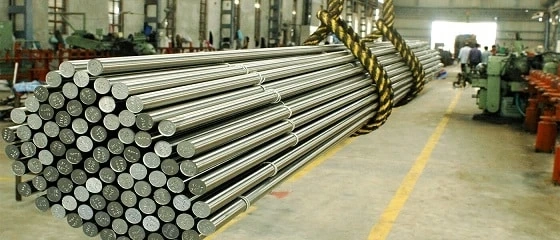What is Inconel 601 Forged Bar?
Inconel 601 is a nickel-chromium alloy with additions of aluminum and titanium. It is commonly used in high-temperature applications requiring resistance to corrosive substances such as sulfuric and nitric acid. The alloy has excellent mechanical properties at elevated temperatures, with a melting point of about 2460°F (1354°C). Its high nickel content provides good resistance to aqueous corrosion, while the chromium component enhances its oxidation resistance.
The aluminum and titanium additions provide added stability and strength at high temperatures. If you\'re in the manufacturing industry, you\'ve probably heard about Inconel 601 Forged Bar. It is a popular nickel-based alloy known for its excellent resistance to high-temperature corrosion and oxidation. It\'s one of the preferred materials for complex and demanding applications in aerospace, chemical processing, and power generation industries.
Benefits of Inconel 601 Forged Bar
One of the main benefits of Inconel 601 is its excellent resistance to high-temperature oxidation and corrosion. It can withstand oxidation at temperatures up to 2200°F (1200°C), making it an ideal material for high-temperature applications in harsh environments. The alloy is also highly resistant to aqueous corrosion, which makes it a suitable choice for applications in the chemical processing industry. Its resistance to acid attack makes it ideal for nuclear power applications.
Inconel 601 Forged Bar is a specific type of Inconel 601 that has been forged to improve its mechanical properties. Forging improves the material\'s toughness, ductility, and strength, making it more suitable for high-stress applications. Forging also creates a more uniform grain structure, reducing the risk of cracking and improving the material\'s fatigue resistance. The forged bar is further heat-treated to increase its strength.
Another benefit of Inconel 601 Forged Bars is its versatility. It can be used in various applications, including furnace components, heat treatment baskets and trays, gas turbine components, exhaust systems, and chemical processing equipment. The material is also easily weldable, which allows for greater flexibility in design and construction.



